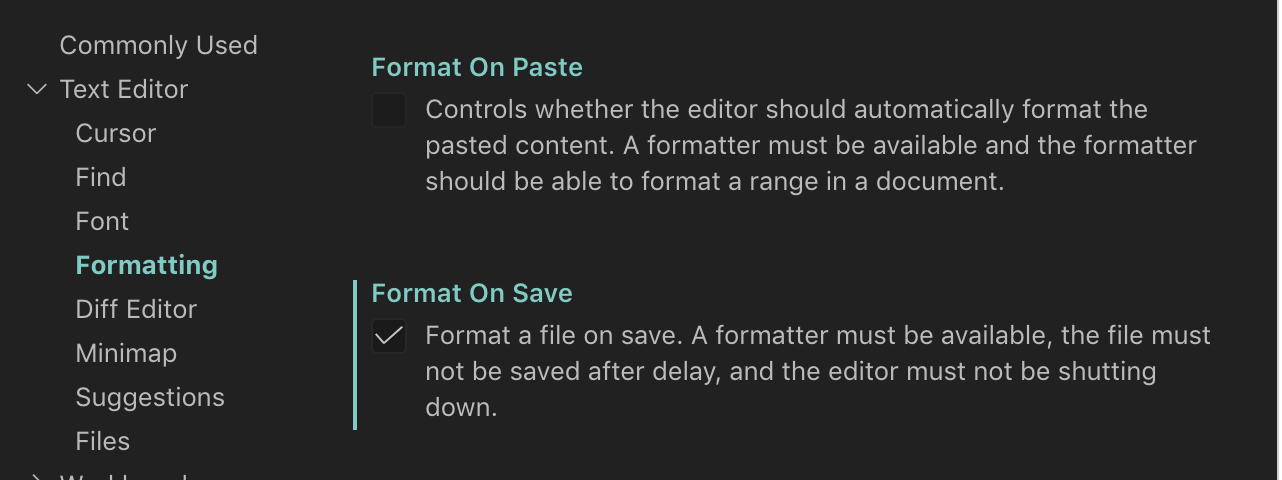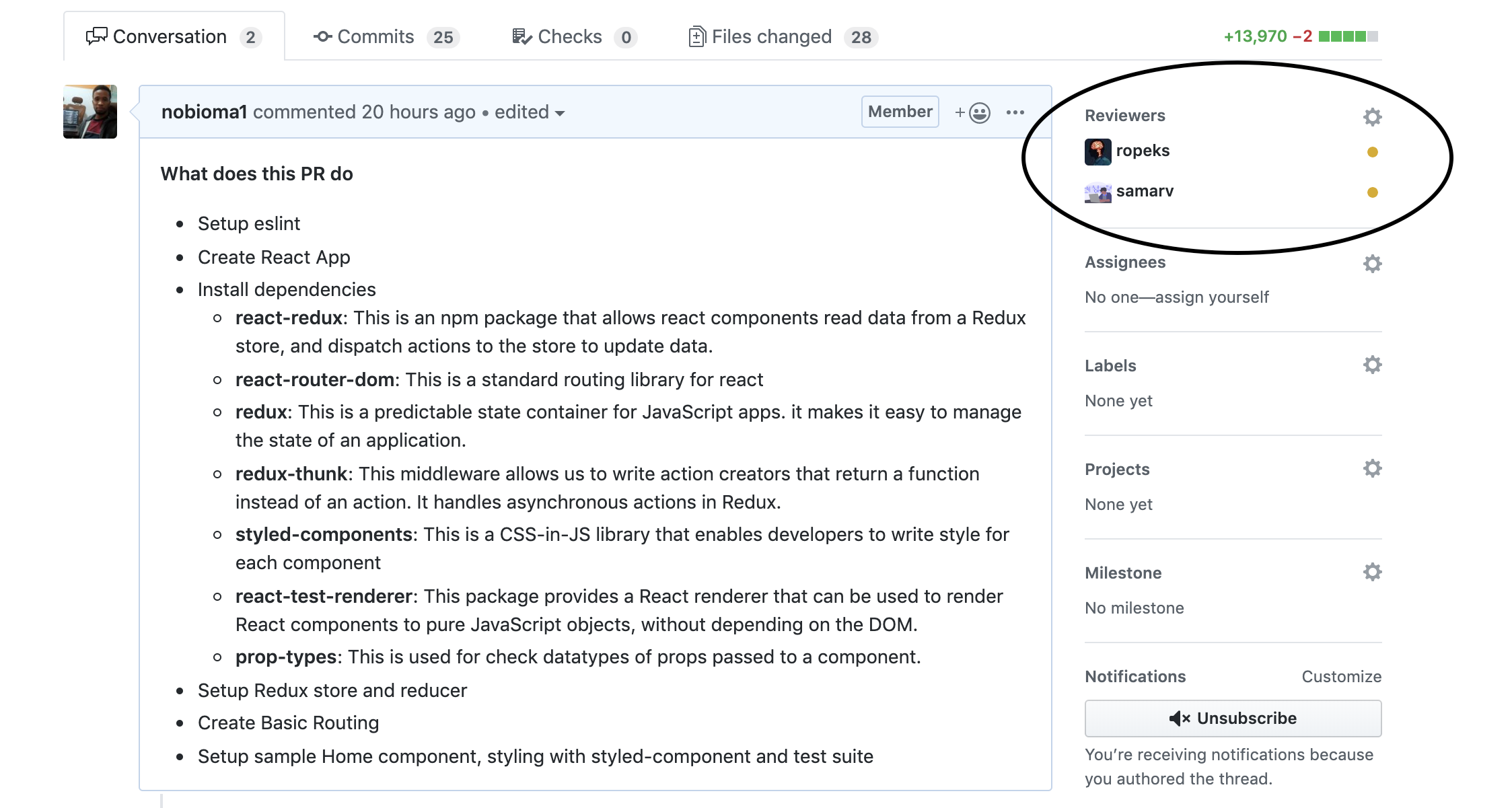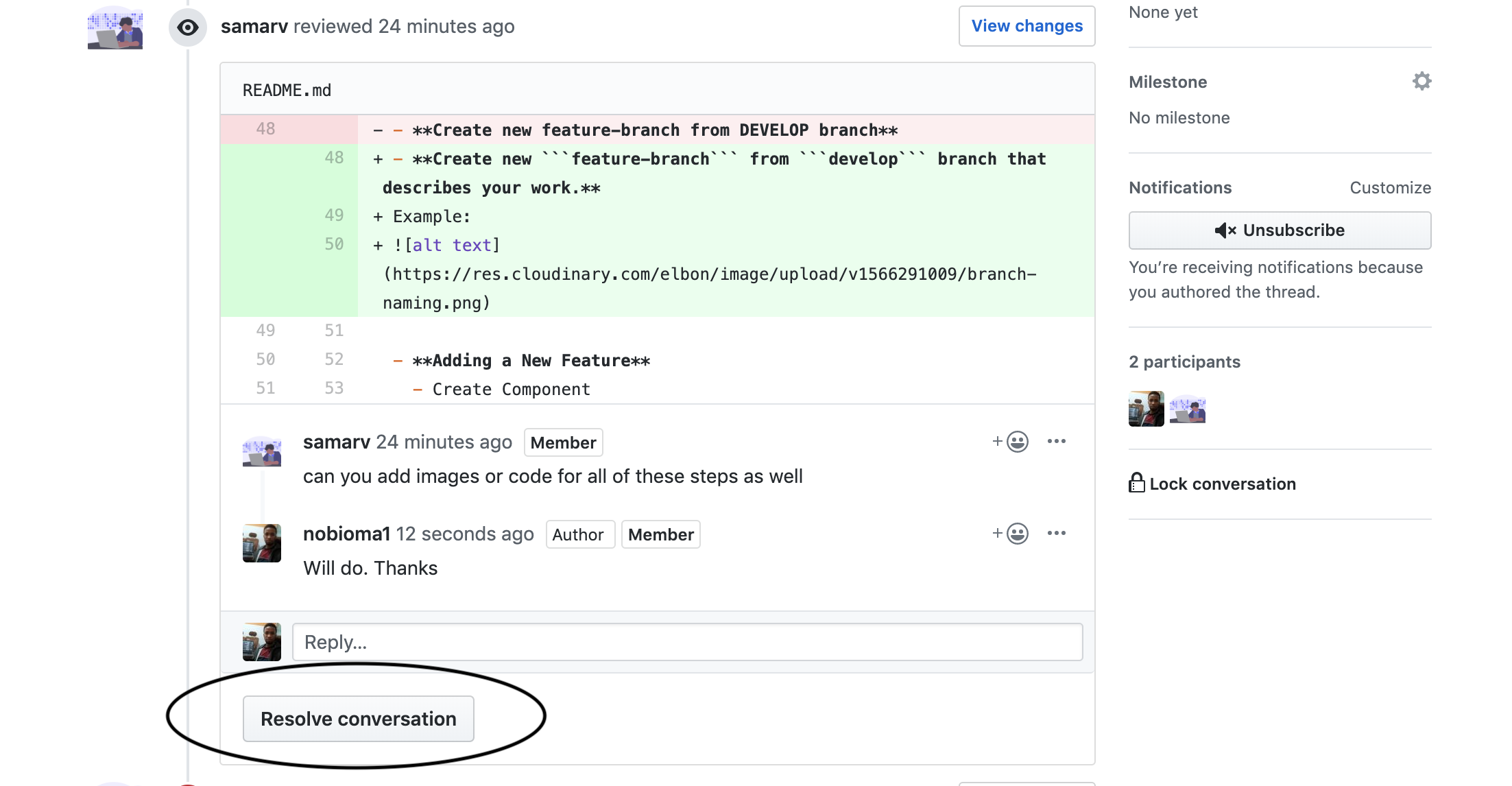You can find the deployed project at https://saybravo.io
| Samar Vir | Aaron Thompson | James Eneh | Borja Soler | Johnson Ogwuru |
|---|---|---|---|---|
 |
 |
|||
| |
|
|
|
|
| Maxime Salomon | Noble Obioma | Petar Vlaisavljevic | ||
 |
||||
| |
|
|
Trello Board
Product Canvas
UX Design files
Healthy office cultures often acknowledge good work from their coworkers and peers. Award your peers with acknowledgments that act like coins/points in Slack when they do awesome things - and never let the acknowledgment of their good work get lost in the shuffle again.
- users can see their and their teammates' profiles in the web app
- users can view single shoutout with comments and reactions in the web app
- users can see feed of all shoutouts in the web app
- users can see who is in their team (Slack workspace) in the web app
- users can see their Slack workspace leaderboard in the web app
- React
- Slack API Auth
- Styled-Components
We use Slack API for both authentication and our Slack bot.
For the app to function correctly, the user must set up their own environment variables. There should be a .env file containing the following:
REACT_APP_API_HOST = link to your API host
REACT_APP_CLIENT_ID = your Slack app's client ID, can be found in you app's settings --> basic information
REACT_APP_CLIENT_SECRET = your Slack app's client secret, can be found in you app's settings --> basic information
These instructions will get you a copy of the project up and running on your local machine for development and testing purposes. See deployment for notes on how to deploy the project on a live system.
For development, you will only need Node.js installed on your environment.
$ node --version
v10.16.0
$ npm --version
6.10.3
$ https://github.com/bravolabs/bravo-fe.git
$ cd bravo-fe
$ npm install
$ npm start
Runs the app in the development mode. Open http://localhost:3000 to view it in the browser. The page will reload if you make edits.
$ npm test
Launches the test runner in the interactive watch mode.
$ npm run build
Builds the app for production to the build folder.
It correctly bundles React in production mode and optimizes the build for the best performance.
$ npm lint:fix
Fixes linting automatically.
$ npm coverage
Reports coverage with disabled test-watching.
Eject hidden modules
$ npm eject
Ejects hidden modules into package.json.
src
|
├── actions
| ├── user.js
| └── home.js
|
├── components
| ├── Home
| | ├── index.js
| | ├── home.styles.js
| | └── home.test.js
| |
| └── User
| ├── index.js
| ├── user.styles.js
| └── user.test.js
|
├── reducers
| ├── index.js
| └── userReducer.js
On VsCode:
- Go to
Settings>Text Editor>Formatting - Check
Format on Save
-
Create a new
feature-branchfromdevelopbranch that describes your work.git checkout -b project-setup
-
Adding a New Feature
-
Create Component named
index.jsrelated folder.// src/Home/index.js const Home = () => <h1>Welcome to BravoFE</h1>; export default Home;
-
Define Route
// src/routes/AppRouter.js import Home from '../components/Home'; ... <Route exact path="/" component={Home} />;
-
Create Action
// src/actions/home.js export const GET_HOME = 'GET_HOME'; export const getHome = user => { return { type: GET_HOME, payload: user }; };
-
Create Reducer
// src/reducers/homeReducer.js import { GET_HOME } from '../actions/home.js'; const homeReducer = (state = initialState, action) => { switch (action.type) { case GET_HOME: return { ...state, home: action.payload }; default: return state; } }; export default homeReducer;
-
Add Reducer to root reducer
// src/reducers/index.js import homeReducer from '../homeReducer.js'; const rootReducer = combineReducers({ home: homeReducer, }); export default rootReducer;
-
Create Test Suite for Component
// src/Components/Home/__tests__/home.test.js import React from 'react'; import * as rtl from '@testing-library/react'; import '@testing-library/jest-dom/extend-expect'; import Home from '../index'; afterEach(rtl.cleanup); describe('Home Component', () => { it('Should render home component', () => { const { container } = rtl.render(<Home />); expect(container).toBeTruthy(); }); });
-
Create Test Suite for Reducer
// src/reducers/__tests__/home.test.js import { cleanup } from '@testing-library/react'; import userReducer from '../userReducer'; import { FETCH_START } from '../../actions/user'; const initialState = { loading: false, user: null, error: '', }; afterEach(cleanup); describe('User Reducer', () => { it('Should return initial State', () => { expect(userReducer(undefined, {})).toEqual(initialState); }); it('Should Toggle Loading state', () => { expect(userReducer(initialState, { type: FETCH_START })).toEqual({ ...initialState, loading: true, }); }); });
-
Create Test Suite for Action
// actions/__tests__/user.test.js import configureMockStore from 'redux-mock-store'; import thunk from 'redux-thunk'; import nock from 'nock'; import { setUser } from '../user'; const mockStore = configureMockStore([thunk]); describe('Home Action Creator', () => { let store; beforeEach(() => { store = mockStore({}); }); afterEach(() => { nock.cleanAll(); }); it('Should return FETCH_SUCCESS Action with payload', () => { nock('https://home.com/api') .post('/user') .reply(200, { user: 'Sample User', }); const expectedActions = [ { type: 'SET_USER_START', }, { type: 'SET_USER_ERROR', payload: 'Sample User', }, ]; store = mockStore({}); return store.dispatch(setUser()).then(() => { expect(store.getActions()).toEqual(expectedActions); }); }); });
-
-
Creating SVG Components
-
Get raw SVG
<svg width="21" height="5" viewBox="0 0 21 5" fill="none" xmlns="http://www.w3.org/2000/svg"> <circle cx="2.5" cy="2.5" r="2.5" fill="#7D8597"/> <circle cx="10.5" cy="2.5" r="2.5" fill="#7D8597"/> <circle cx="18.5" cy="2.5" r="2.5" fill="#7D8597"/> </svg>
-
Remove any unnecessary attributes
Here I've removed all fill, width and height attributes. We'll be setting those later with CSS<svg viewBox="0 0 21 5" xmlns="http://www.w3.org/2000/svg"> <circle cx="2.5" cy="2.5" r="2.5" /> <circle cx="10.5" cy="2.5" r="2.5" /> <circle cx="18.5" cy="2.5" r="2.5" /> </svg>
-
Create component
Wrap all paths in a 'g' tag and spread props in so that styles import properly. Use the SVG component instyling/atoms/SVG.jsximport React from 'react'; import SVG from '../SVG'; function Ellipses(props) { return ( <SVG xmlns="http://www.w3.org/2000/svg" viewBox="0 0 21 5" {...props}> <g> <circle cx="2.5" cy="2.5" r="2.5" /> <circle cx="10.5" cy="2.5" r="2.5" /> <circle cx="18.5" cy="2.5" r="2.5" /> </g> </SVG> ); }
-
Component Usage
Colors, mitter limits and stroke can be set in props.Props:
fillColor="<fill color here>"
strokeColor="<stroke color here>"
strokeWidth="<stroke width here>"
mitter="<mitter limit here>"Here's an example with the Logo SVG:
<Logo fillColor="#4265ED" />
-
-
Create Pull Request
-
All CI status checks should be green
-
Review approval should have been submitted before merging
See Backend Documentation for details on the backend of our project.
This project is licensed under the MIT License - see the LICENSE file for details
These contribution guidelines have been adapted from this good-Contributing.md-template.





